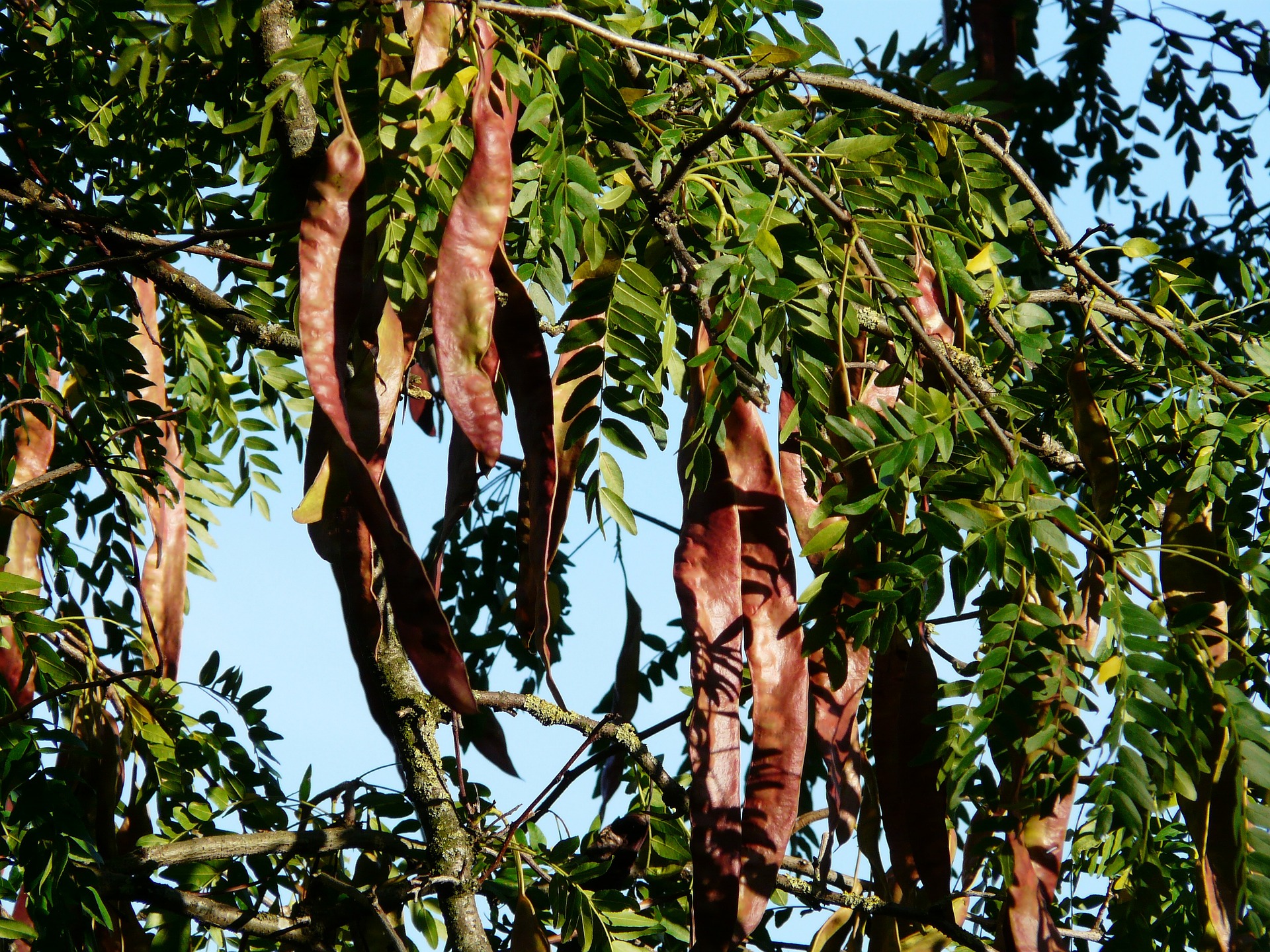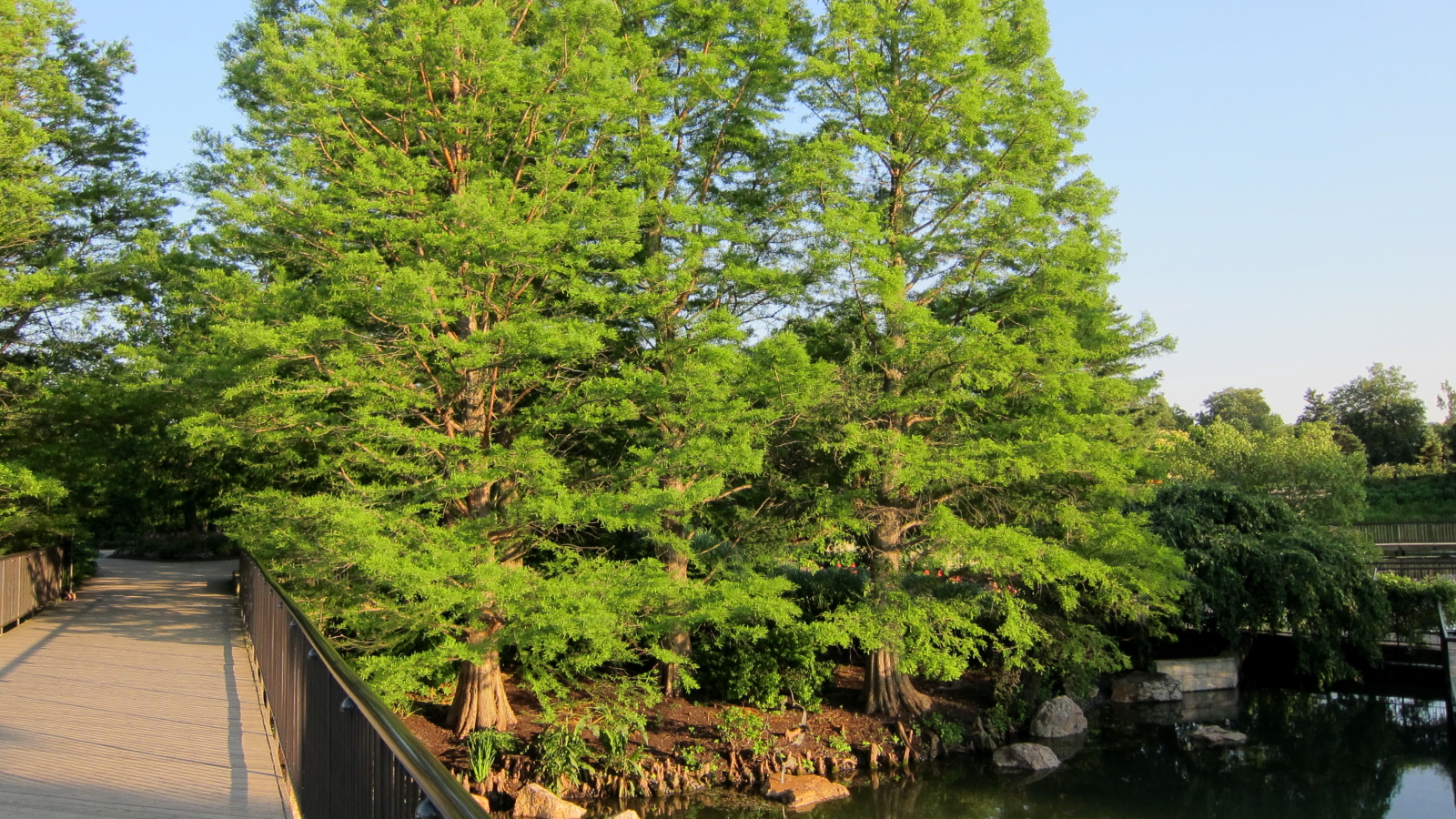A friend of mine recently moved into a new home. It is a gorgeous home and has an added bonus of a spectacular view off of the back deck — something not often found here in the city. When I told her that I was just a little jealous of her deck and view, she sighed and admitted that they rarely used it because you “just roasted” out on the deck. Looking around I realized that whoever had built the house had gone in and cleared the lot of all of the existing trees, a practice that was sad but not unusual in the time the house was built. If she wants to get some use out of her deck, my friend is going to have to plant some shade trees.

With all the trees available today, it’s hard to know which ones are the best choices for shade and for placement in a particular environment. Dan Nelson, lead designer at Embassy Landscape Group, gave me a few hints on selecting and placing shade trees and a list of some of his favorite trees for shade here in the Midwest.

Dan says that the first step is to decide where a shade tree would be the most useful for you. Is there a particular time and place that you consistently need relief from the strong rays of the sun? For example, do you enjoy morning coffee on the deck? Or relaxing in the afternoon? Or eating dinner outdoors? By watching the movement of the sun it’s easy to determine exactly where a shade tree would be best placed.

Next, think about the area under the tree. If you are wanting a lawn to grow under the tree, then you need to consider how dense the mature tree will be. Dense trees block so much sunlight that it becomes difficult and sometimes impossible to grow grass underneath. Selecting a tree with an open form and smaller leaves will give dappled shade, allowing some grass to grow.

Another point to consider when selecting a shade tree is the root system of the tree. Some trees, such as willows, maples and river birches, have aggressive lateral root systems that can cause sidewalks or patios to heave.They are best suited for more open areas.

For safety as well as effectiveness, large shade trees should be placed 20 to 40 feet from the house. As a rule of thumb, the taller the tree is when mature, the further away from the house it should be planted.

DAN’S FAVORITE TREES FOR SHADE
Swamp White Oak

Beautiful in both the summer and fall, this 50 – 60 foot tree has a rounded shape and dense foliage. Summer leaves are dark green with a silver cast to the underside while autumn leaves turn from orange to gold to yellow. The bark, especially on young trees, has an interesting appearance. Mature trees have dark, ridged bark while the bark on young trees peels, displaying orange colored bark underneath. Although it prefers a slightly acid, well drained soil, this tree will tolerate both a moist soil and drought. Swamp oak transplant easily and tend to be very long lived, up to 300 years!
Pacific Sunset Maple
(No images available)
Another fairly dense, rounded tree, this maple tends to be a little shorter than the oak, averaging about 30 feet tall when mature. It is relatively slow growing but may last up to 60 years in an urban setting. Like the oak, the top side of its foliage is a leathery, dark green but the undersides of the Pacific Sunset are a light green. Fall colors begin as yellow, but gradually change to orange and then a brilliant red. On the down side though, leaves do tend to drop earlier than other maples. Pacific Sunset maples transplant well and are extremely tolerant of drought, heat and urban pollution. An excellent choice for a city tree!
Ginkgo

If you would like both an ornamental tree and a shade tree, the Gingko can stand as both. It has unique fan-shaped leaves that are a bright, cheerful green in the summer and a warm yellow in the fall. The Ginkgo has a pyramidal shape that is excellent for blocking the sun. Perfect for confined spaces, at maturity it can reach between 25 and 50 feet, depending on conditions. Ginkgos are not fussy about growing conditions, growing in both rich, loamy soils as well as wet, clay soils. They will tolerate a moderate drought, but are not particularly well-suited for extremely hot, dry conditions. One of the oldest living species, Ginkgos can live up to 3,000 years.
Thornless Honeylocust


With its light, airy leaves, the Thornless Honeylocust is a perfect choice for those wanting to grow grass under their shade trees. It tends to be a fast growing tree, but still retains relatively strong branches. A Thornless Honeylocust’s mature height can range from 30 to 70 feet so it is another variety suitable for tight spaces. Some varieties of Thornless Honeylocust produce mildly fragrant greenish-yellow blossoms in the spring, while all varieties have large brown seed pods in the fall. This tree is easily transplanted and grows well in a variety of soil types. It is drought tolerant but will also survive under poor drainage conditions.
Shawnee Brave Bald Cypress


A large, attractive and moisture loving deciduous conifer, the Shawnee Brave Bald Cypress has soft green foliage reminiscent of feathers. The needles turn into a reddish-brown color in the fall before dropping with small, brown cones remaining on the branches throughout the winter. The Shawnee Brave cultivar of Bald Cypress has a narrow, pyramidal shape, reaching 50 – 75 feet tall but only 15 – 20 feet wide. This is an adaptable tree which can tolerate acid or alkaline, wet or dry soils.

You don’t have to spend the rest of the summer roasting on your deck or patio or even worse, avoiding it all together. A few well-placed shade trees can help you create the perfect spot to relax and enjoy the dog days of summer in comfort. The designers at Embassy can help you find what’s right for you. Give them a call today.
